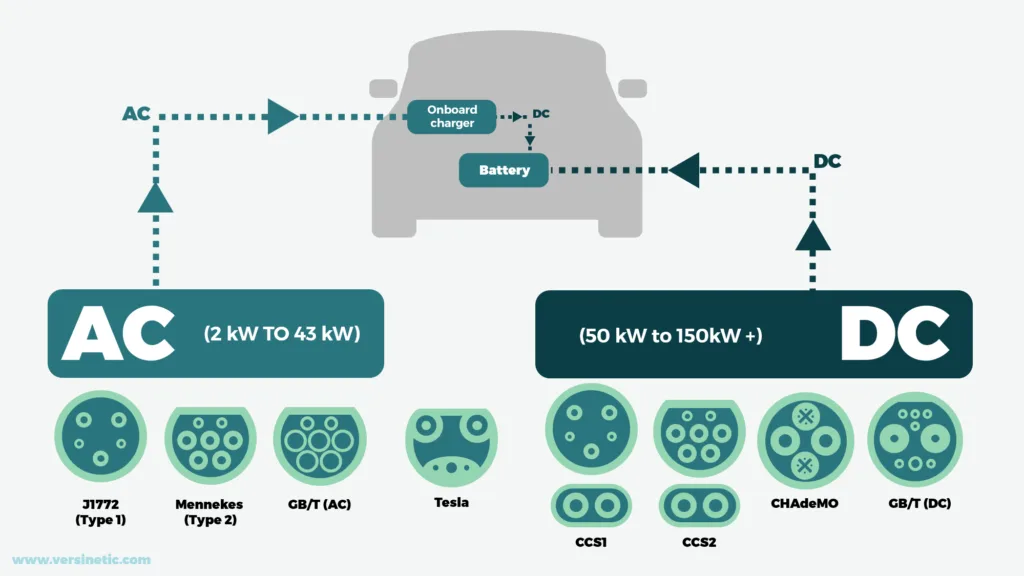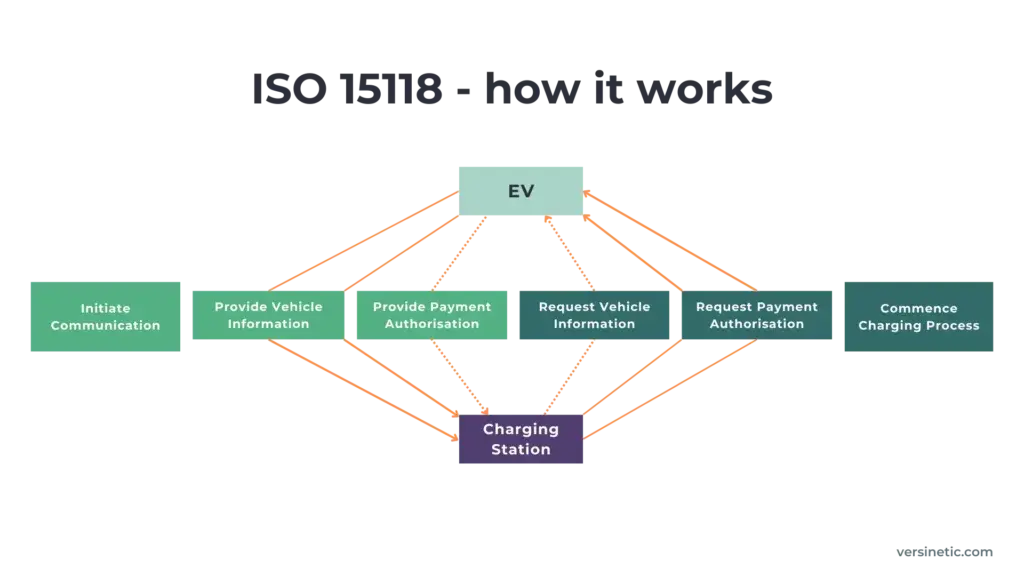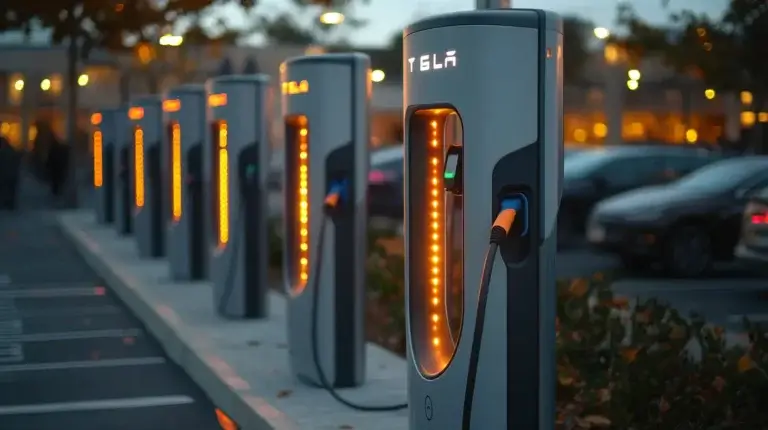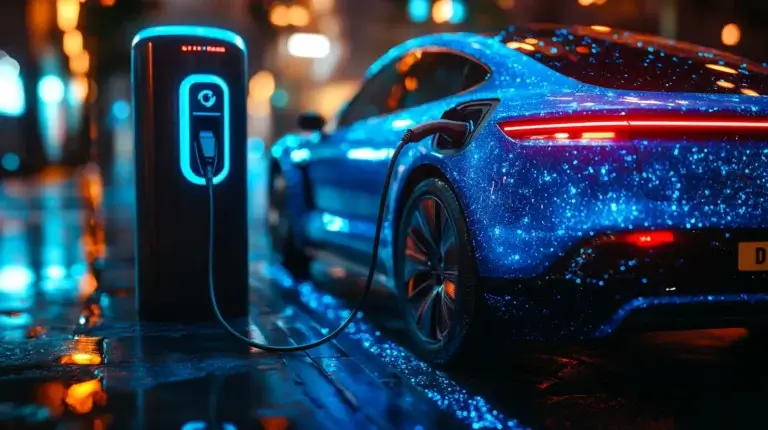ISO 15118, Plug and Charge - TL;DR
- ISO 15118 is an international standard for EV-to-charging station communication
- Enables “Plug and Charge” functionality for automatic authentication and billing
- Allows for smart charging capabilities, balancing vehicle requirements with grid capacity
- Covers physical connection, payment processing, and energy transfer management
- Global experts regularly update to keep up with technological advances.
- Consists of 8 parts addressing different aspects of EV charging communication
- Uses digital certificates and encryption for secure transactions
- Requires widespread adoption by EV manufacturers and charging point operators
- Aims to simplify and streamline the EV charging experience for drivers
EV charging reality vs fantasy
One barrier to the adoption of EVs is the perceived shortcomings of the public charging process.
The vast majority of charging takes place at home for most drivers; however, for those who don’t have a home charger or for when longer trips are taken, public chargers are a very necessary part of the transition away from ICE vehicles.
EV drivers get frustrated with needing a multitude of clunky apps to operate public infrastructure. No-one wants to be standing in the rain trying to identify a charger and download and fill in yet another app.
What EV drivers want is what’s known as the “Tesla experience”, that is, plugging your car into the charger and walking away, with all the authentication handled over the charging cable itself.
However, most EV drivers don’t drive Teslas and most public chargers aren’t Tesla chargers, so how do we get that plug and charge experience for everyone?
Let’s step back and look at how existing chargers work.

The standard AC charger communicates with a car using a simple set of resistors and a PWM signal sent over the pilot line (CP) (one of the wires in the cable aside from the power) to create a handshake between charger and car.
This allows each end to know when the car is ready to charge and to establish the charging current between themselves.
Pretty basic.
What it doesn’t do though is tell the charger anything about the identity or type of car (so it can know the battery size and perform authentication), nor the state of charge of the vehicle (which could be very useful – for instance, in a situation where loads had to be balanced so that every car got its fair share of charge).
It’s an old, cheap-to-implement standard that is long overdue for an update.
Most rapid DC CCS (Combined Charging System) chargers implement a more complex standard, DIN SPEC 70121, using power line communications, which also allows the charger to know the state of charge of the vehicle, but little else (you still need the apps or a payment card to start a charging session).
Still – a long way from the Tesla experience.
This is where ISO 15118 comes in.
What is ISO 15118?
ISO 15118 is an internationally recognised standard developed by the International Organization for Standardization (ISO) to establish a common communication protocol for EV charging for both AC and DC chargers.
This standard aims to streamline the charging process by enabling plug-and-charge functionality, where EVs can automatically authenticate and authorise charging sessions without the need for manual intervention.
In fact, it’s commonly referred to as “plug and charge” even though this is actually an optional subset of the overall standard.
As with the DIN standard, 15118 creates an IP interface over the CP signal in the charging cable, overlayed on top of the old IEC 61851 standard that AC chargers use (the PWM signal I mentioned earlier).
It’s as though an Ethernet connection has been plugged into your car, connecting your car to the Internet.
The standard encompasses a set of specifications that govern data formats, security mechanisms, and authentication protocols to ensure secure communication.
Key elements include digital certificates, cryptographic keys, and encryption techniques that protect the integrity and confidentiality of data exchanged during the charging process.
A closer look at how ISO 15118 functions
ISO 15118 works by establishing a secure and reliable high-level communication channel between the EV and the charging station.

The protocol uses a combination of Ethernet and Power Line Communication (PLC) or wireless communications to transfer data between a charging station and electric vehicle (EV). In most cases, communications will be via PLC.
When an EV is plugged into a charging station, it initiates a communication sequence with the charging station using the ISO 15118 protocol.
The charger and EV exchange information about the charging session, such as the charging rate, voltage, current, power requirement, remaining battery capacity, and the expected time to complete the charge.
The protocol also includes provisions for authentication and authorisation, which ensure that the charging session is secure and that the charging station is authorised to charge the EV.
Protocol complexity
It’s fair to say, it’s a complex standard with many parts and long documents! It’s made worse by the fact that the original standard 15118-2 is being superseded by a newer standard, 15118-20 which is significantly different, even before most vehicles have adopted it.
The -20 standard primarily adds wireless charging and V2G functionality (both of which are little supported by vehicle OEMs currently).
How secure is ISO 15118 for EVs?
Because 15118 is connecting the vehicle to the internet, security is very important.
The integration of 15118 support in cars involves embedding cryptographic keys, digital certificates, and authentication mechanisms to facilitate secure communication with charging infrastructure.
Cybersecurity has been a big focus of the standard development, but is also something that adds complexity, particularly around certification.
What are the other benefits of ISO 15118?
As well as improving the basic user authentication experience (i.e. getting rid of the need for all those apps), 15118 opens up other possibilities, such as dynamic pricing and grid integration; both of which could reduce the cost of charging and ease the facilitation of V2G.
For instance, it makes it possible for a charger to integrate data about current energy prices and the state of charge of the car to make decisions on when to charge. This could benefit the grid as well as the users themselves.
How fast is this technology rolling out?
Adding 15118 to a car is not a trivial task and its adoption has been slow. However, there are several models on the market now that support it.
15118 also is probably not going to be relevant to home charging any time soon, as this market is dominated by a race to the bottom on pricing where the extra costs of implementation in the short term won’t be appealing to most users.
This may change in the longer term if V2G becomes adopted and users can see a return on investment in integrating their cars more closely with their energy system by using it (and save money on their charging).
The main uptake of 15118 will be in fleet charging (for instance, with delivery vans being able to report state of charge and ID in an energy-constrained depot) and then public charging.
Ready to future-proof your EV chargers with ISO 15118 Plug and Charge?
We’ve adopted ISO 15118 at Versinetic, adding this technology both in software and hardware to our charging modules, so that you can get ahead and create AC chargers that allow drivers to plug and charge.
It’s now a standard part of our EV charger development kits.
We’re seeing that many public charging tenders are now mandating its adoption, so if you’re looking to get ahead of the competition and create a full plug and charge charger, get in touch here!

Dunstan is the founder of EV charger design consultancy, Versinetic. He is a chartered electronics engineer who has been providing design, production support and consultancy to businesses around the world for over 30 years. Dunstan graduated from Cambridge University with a degree in electronics engineering in 1992. After working in the industry for several years, he co-founded multi-award-winning electronics engineering consultancy ByteSnap Design in 2008. He then went on to launch international EV charging design consultancy Versinetic during the 2020 global lockdown. An experienced conference speaker domestically and internationally, Dunstan covers several areas of EV charger design and electronics product development, including load balancing, V2G, IoT, integrated software design and complex project management.
In his spare time, Dunstan enjoys hiking and astronomy.



